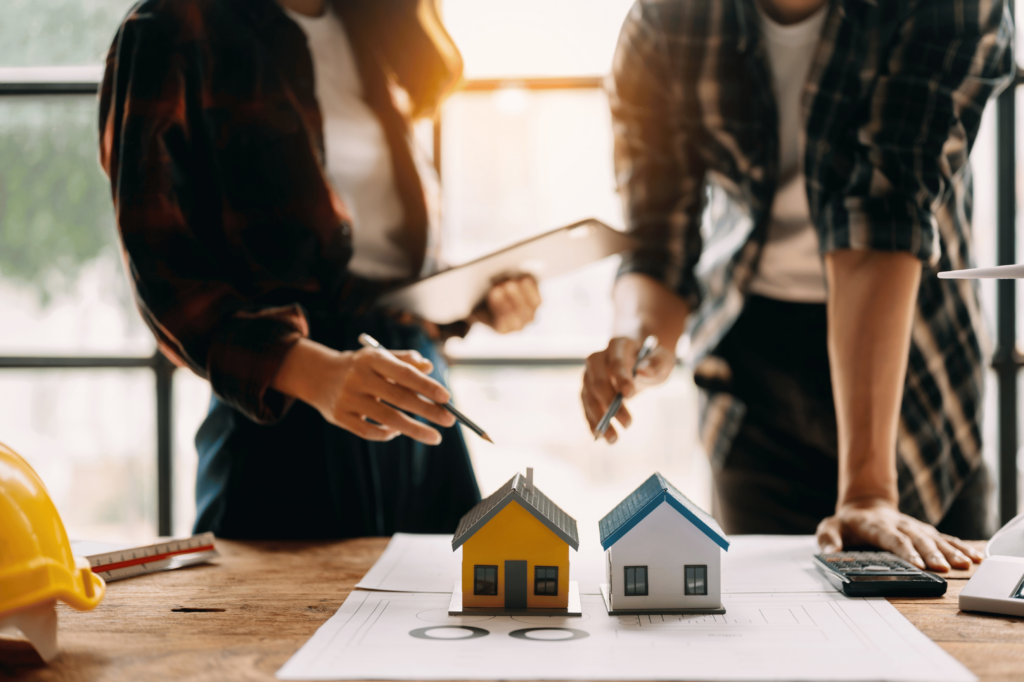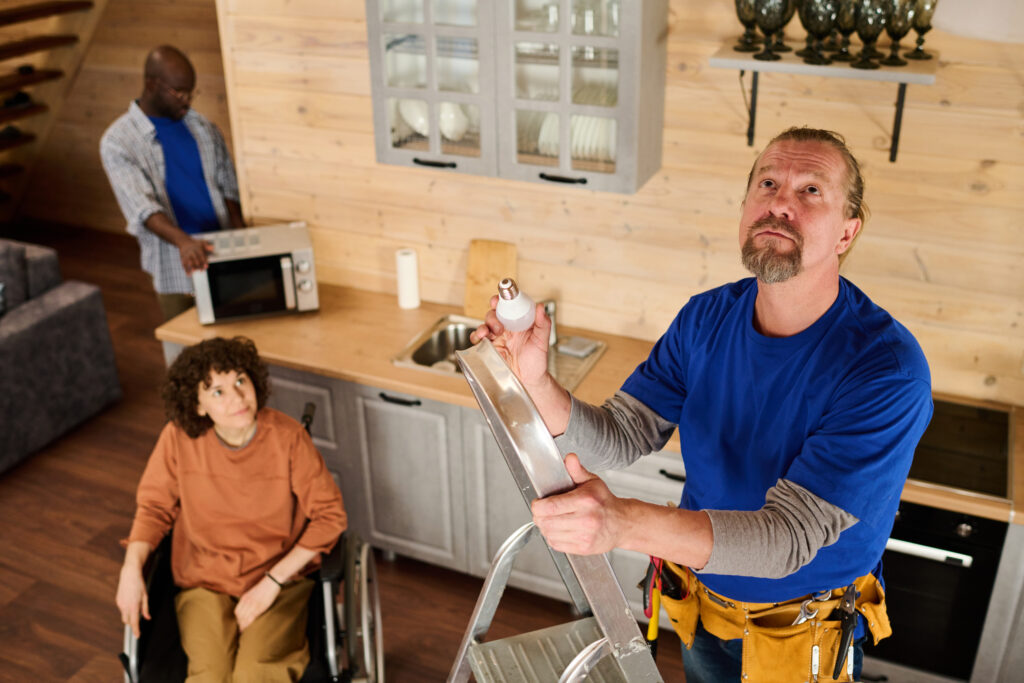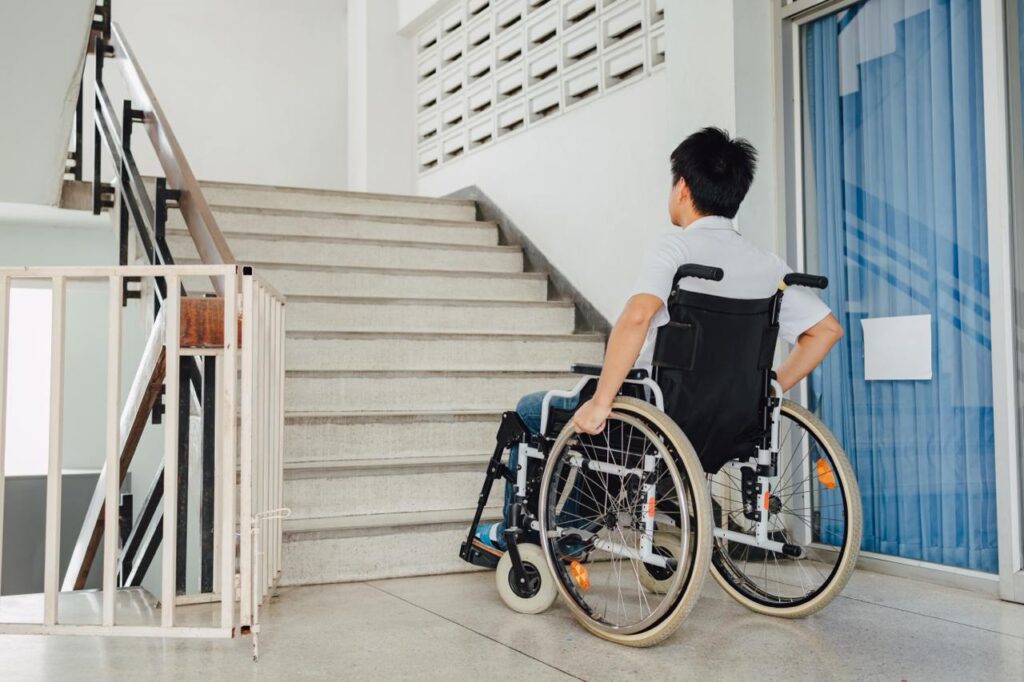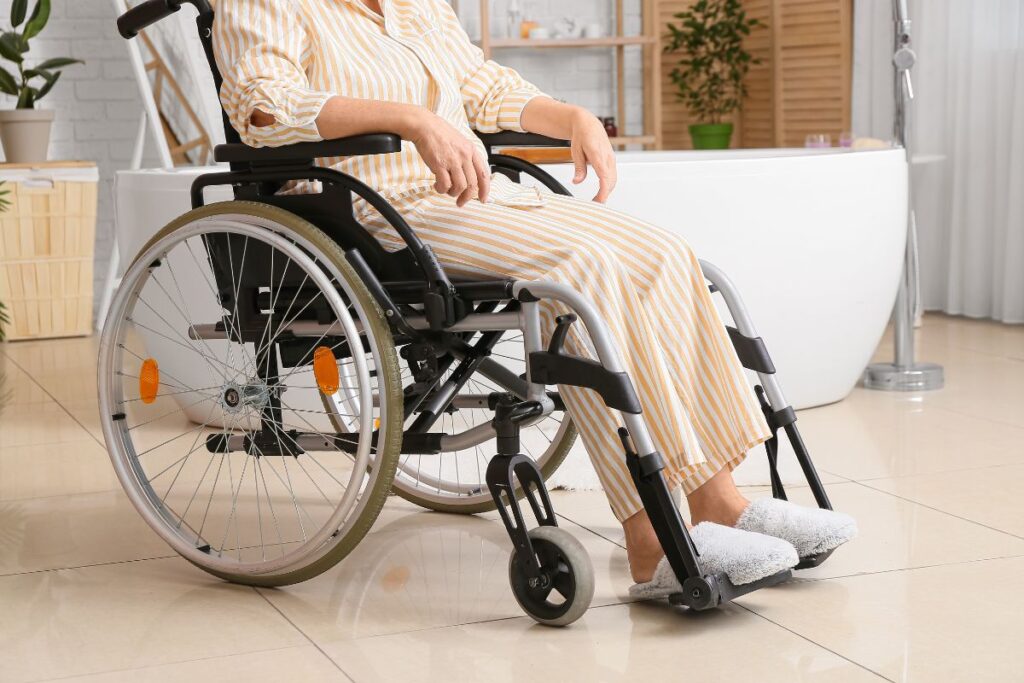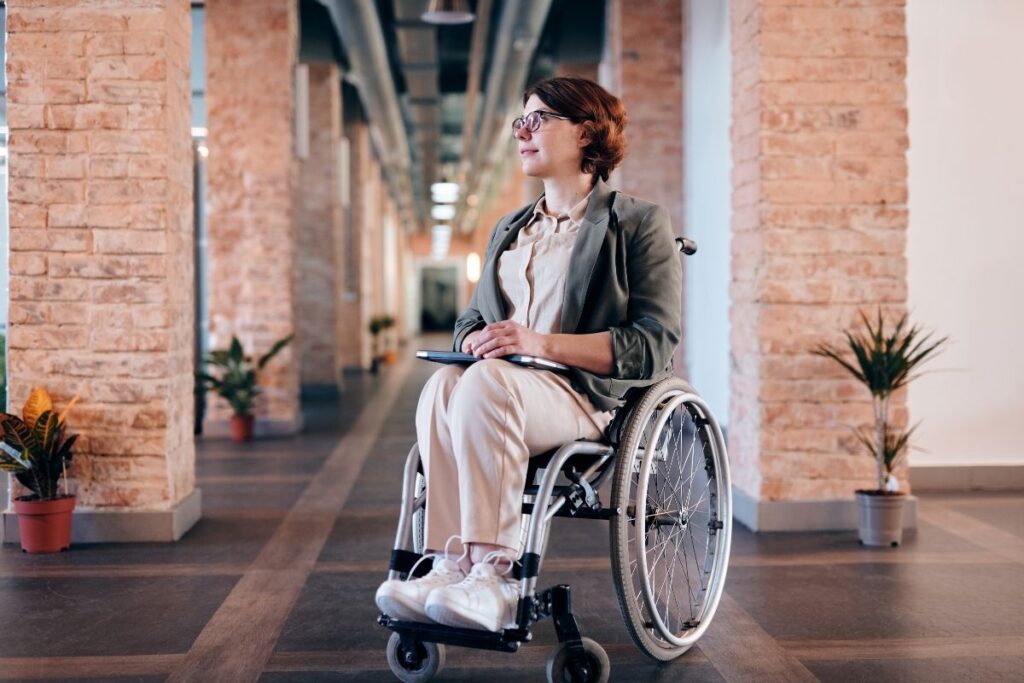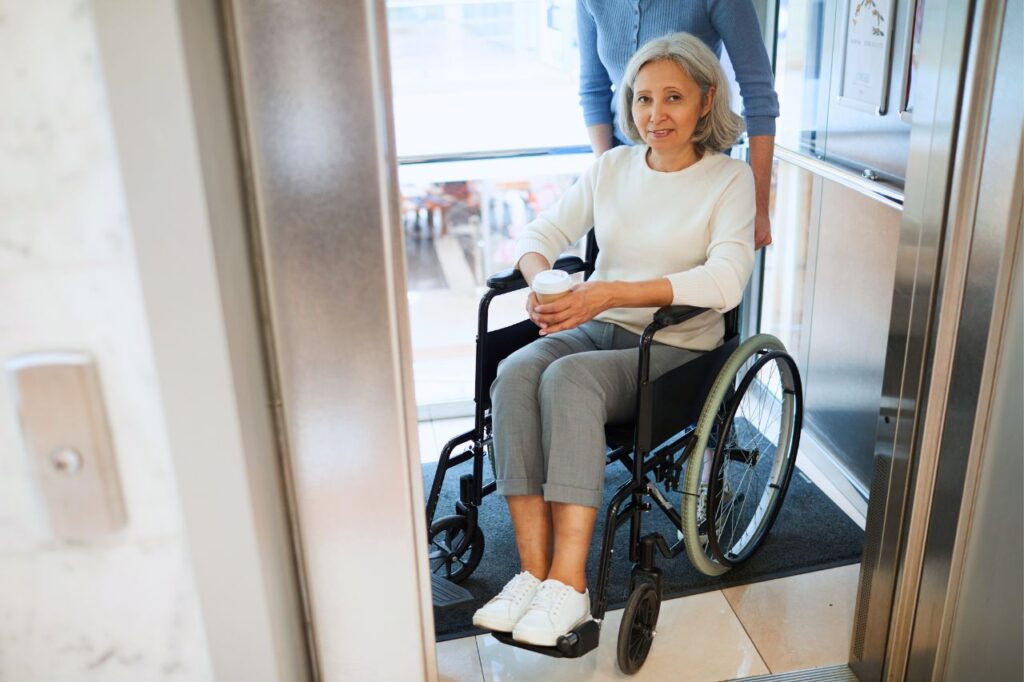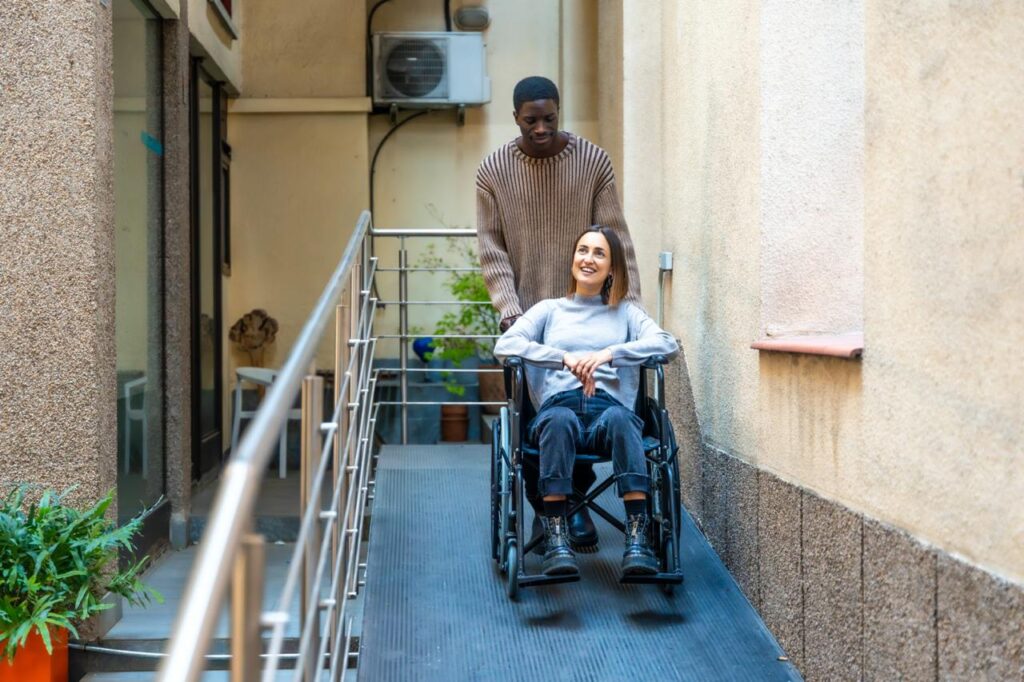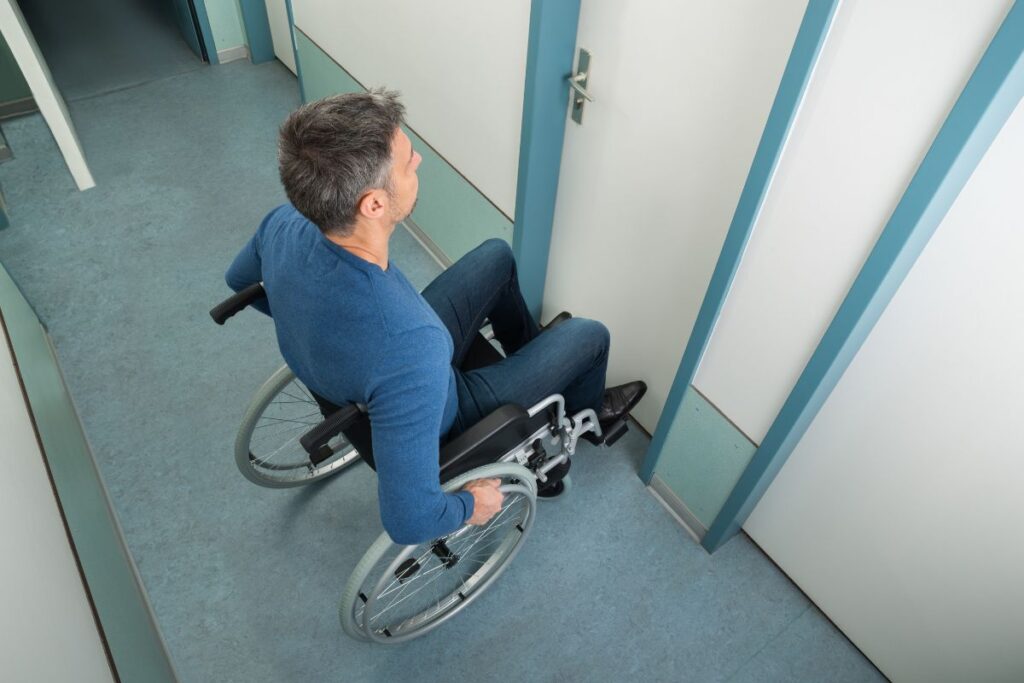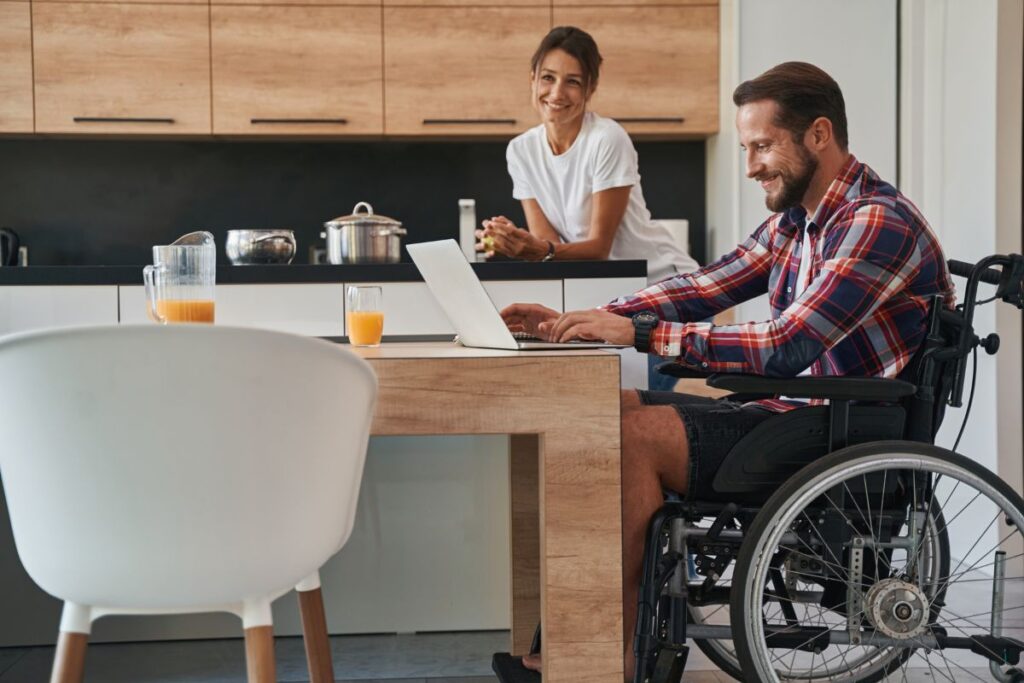When most people think about accessible housing, they picture grab bars in bathrooms or ramps leading up to the front door. It feels like something you only need later in life or after a sudden injury. But here’s the truth: accessibility touches way more lives than we realize. Parents with strollers, workers recovering from surgery, and grandparents who want to stay close to family are all looking for homes that are easier to live in.
And right now? They’re running into a serious problem: there aren’t enough options out there.
A Gap That Landlords Can Fill
Most of the homes built over the last few decades weren’t designed with accessibility in mind. Narrow hallways, steep stairs, small bathrooms—these features make whole swaths of the rental market off-limits for people who need even a little extra space or support. The demand is there, but the supply just hasn’t kept up.
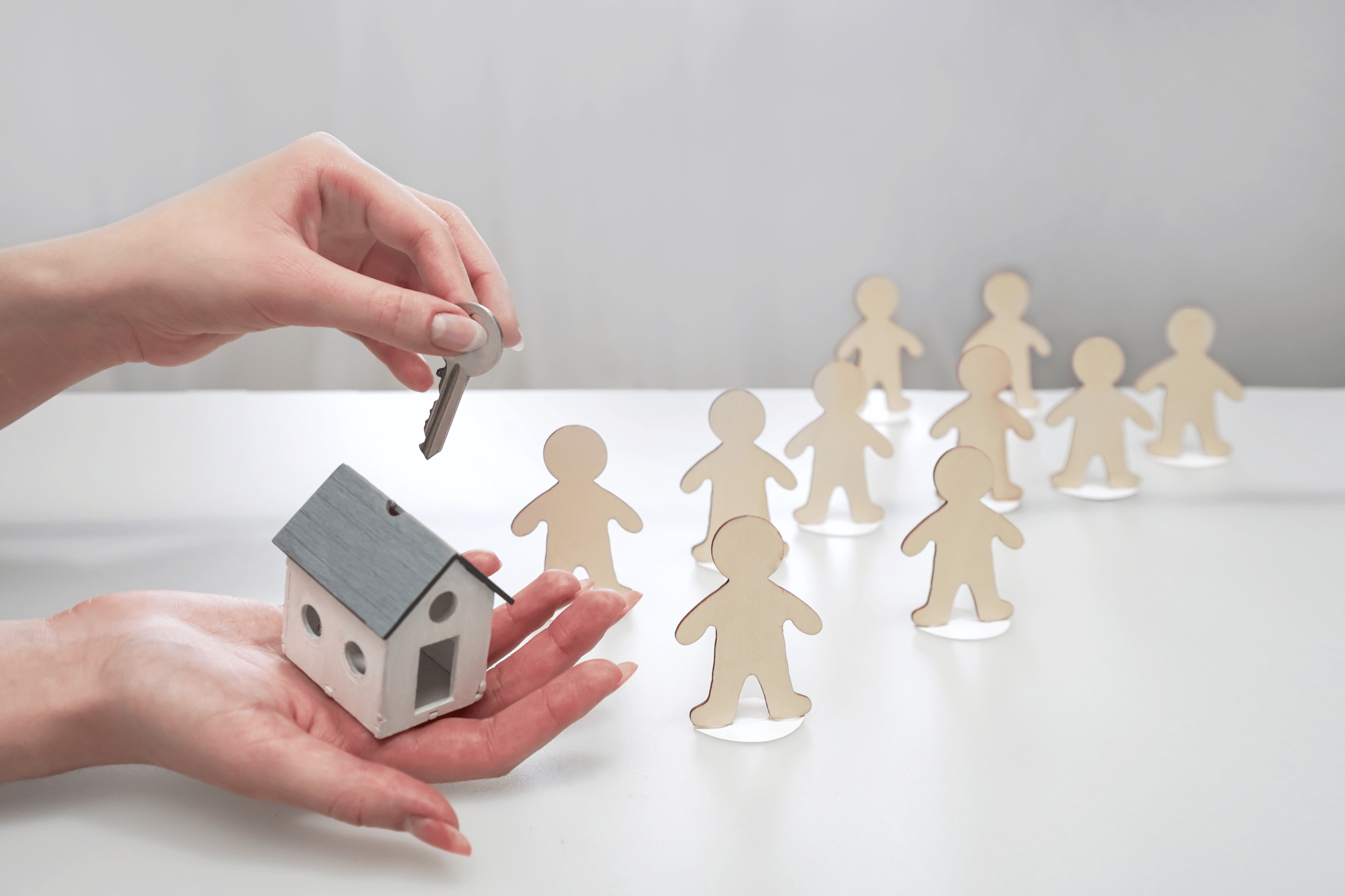 For landlords, that shortage is more than a statistic. It’s a chance to stand out. Accessible rentals are snapped up quickly, and tenants who find a home that actually works for them are more likely to stay long-term. Stability plus loyalty? That’s a landlord’s dream.
For landlords, that shortage is more than a statistic. It’s a chance to stand out. Accessible rentals are snapped up quickly, and tenants who find a home that actually works for them are more likely to stay long-term. Stability plus loyalty? That’s a landlord’s dream.
What Accessibility Really Looks Like
The great thing is that accessibility doesn’t have to mean “institutional.” It’s not about turning your rental into a hospital room. It’s about simple, thoughtful features that make life easier for everyone: a level entrance so you’re not hauling groceries up icy steps in January, a wider hallway that makes moving furniture less of a nightmare, or a bathroom big enough to use comfortably without bumping your elbows.
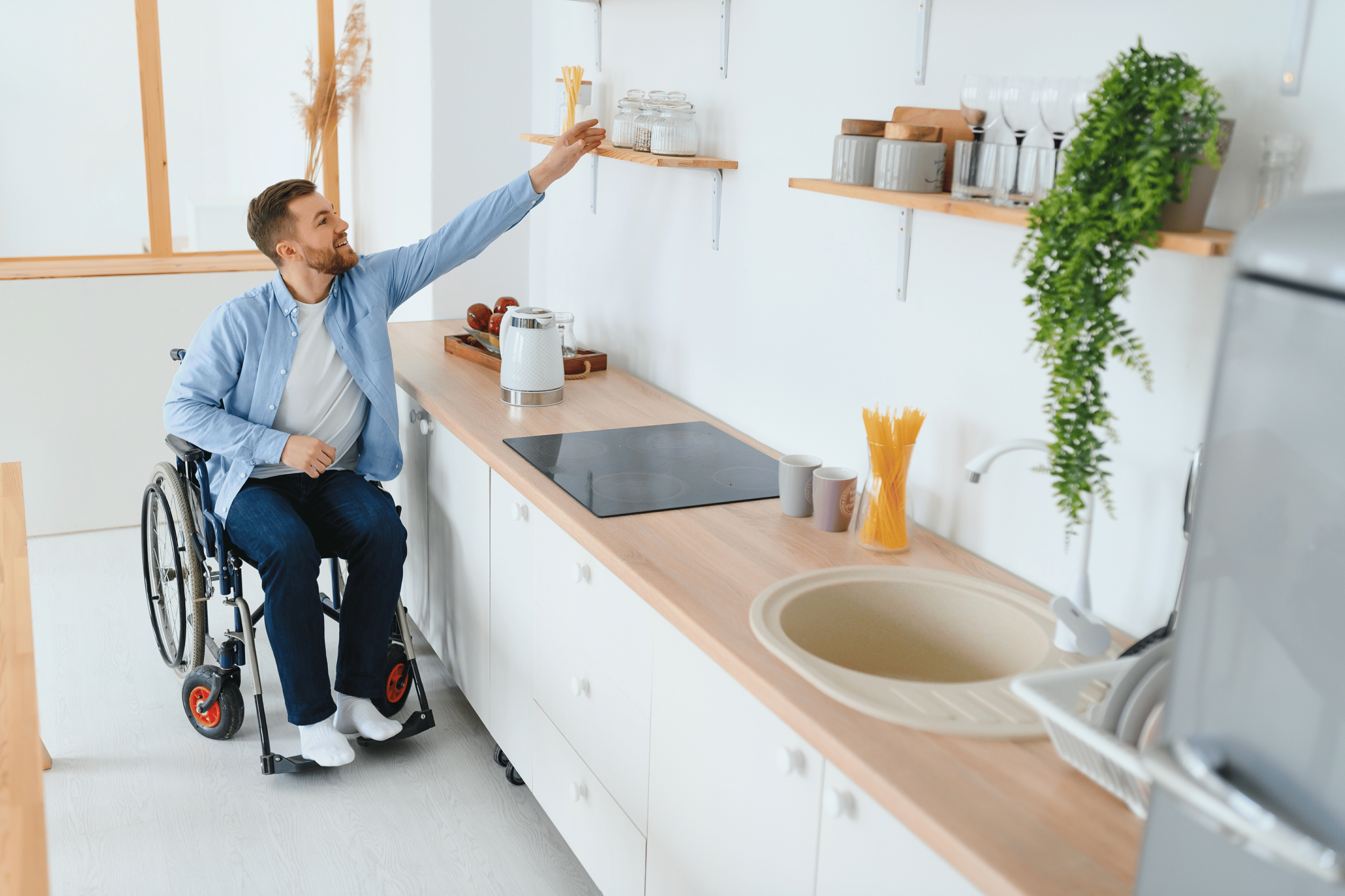 Those kinds of changes don’t just help people with mobility challenges. They help everyone. And when you think about it that way, an “accessible” home isn’t just a niche product—it’s a smarter home.
Those kinds of changes don’t just help people with mobility challenges. They help everyone. And when you think about it that way, an “accessible” home isn’t just a niche product—it’s a smarter home.
The Hidden Bonus: It’s Not That Costly
One of the best-kept secrets in real estate is that many accessibility upgrades cost very little, especially if you’re building new or already renovating. Lever handles instead of knobs, slip-resistant flooring, or a wider doorframe can often be added with barely a blip on the budget. Yet those details completely change the experience for a tenant.
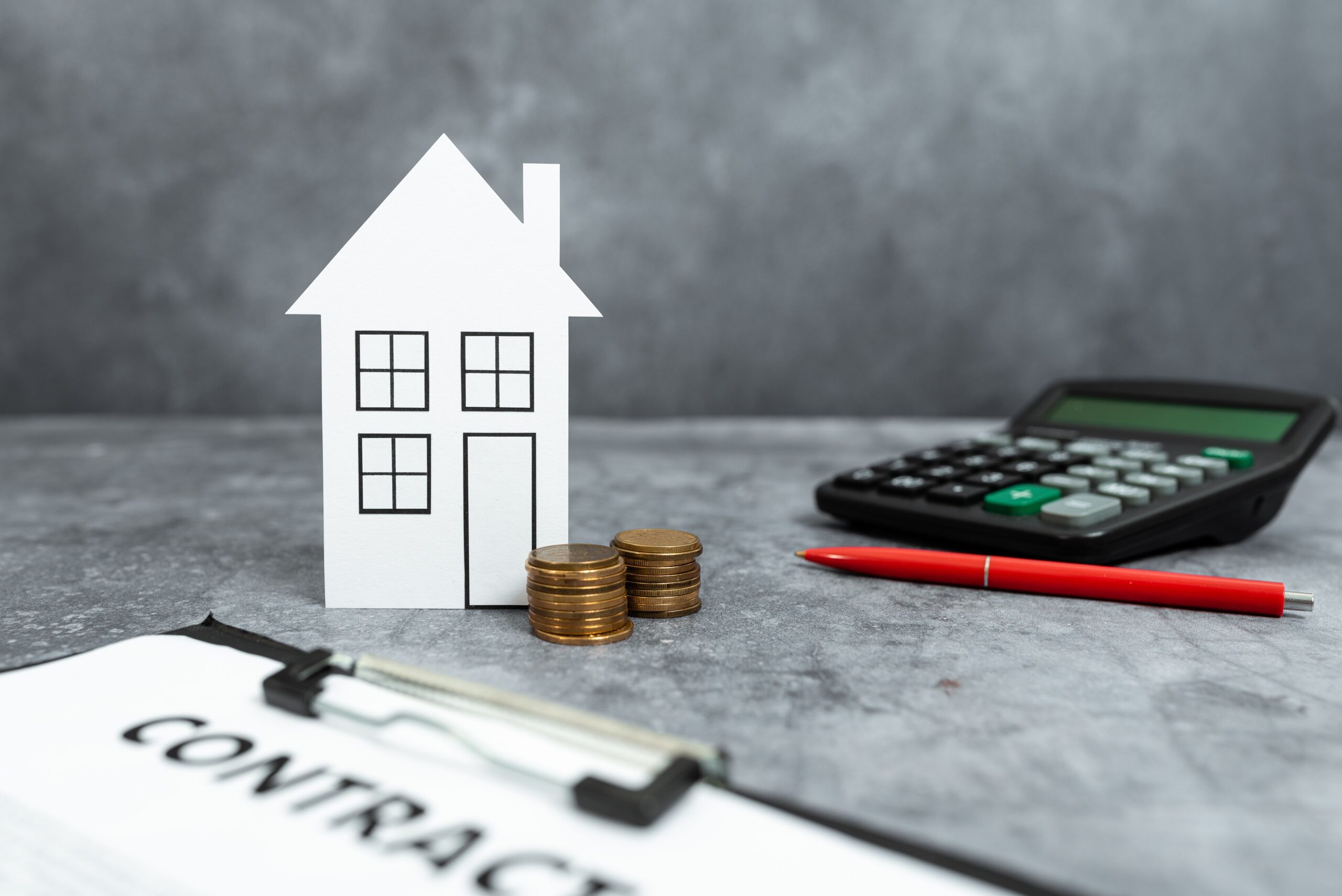
That’s why savvy landlords see accessibility not as an expense, but as an investment. A few thoughtful choices now can lead to fewer vacancies, longer leases, and a property that stays relevant as the population ages. And, according to a new CMHC study, 75% of over 60 accessibility features cost less than $500, and more than half were no-cost or had negligible costs. Which means, it costs about the same to build an accessible home as it does a standard home.
Looking Ahead
The shortage of accessible housing isn’t going away anytime soon. In fact, it’s growing. But with every gap in the market comes an opportunity for someone willing to do things differently. By offering rentals that people can actually live in – comfortably, safely, and with dignity – landlords aren’t just helping solve a housing problem. They’re also positioning themselves for steady demand well into the future.
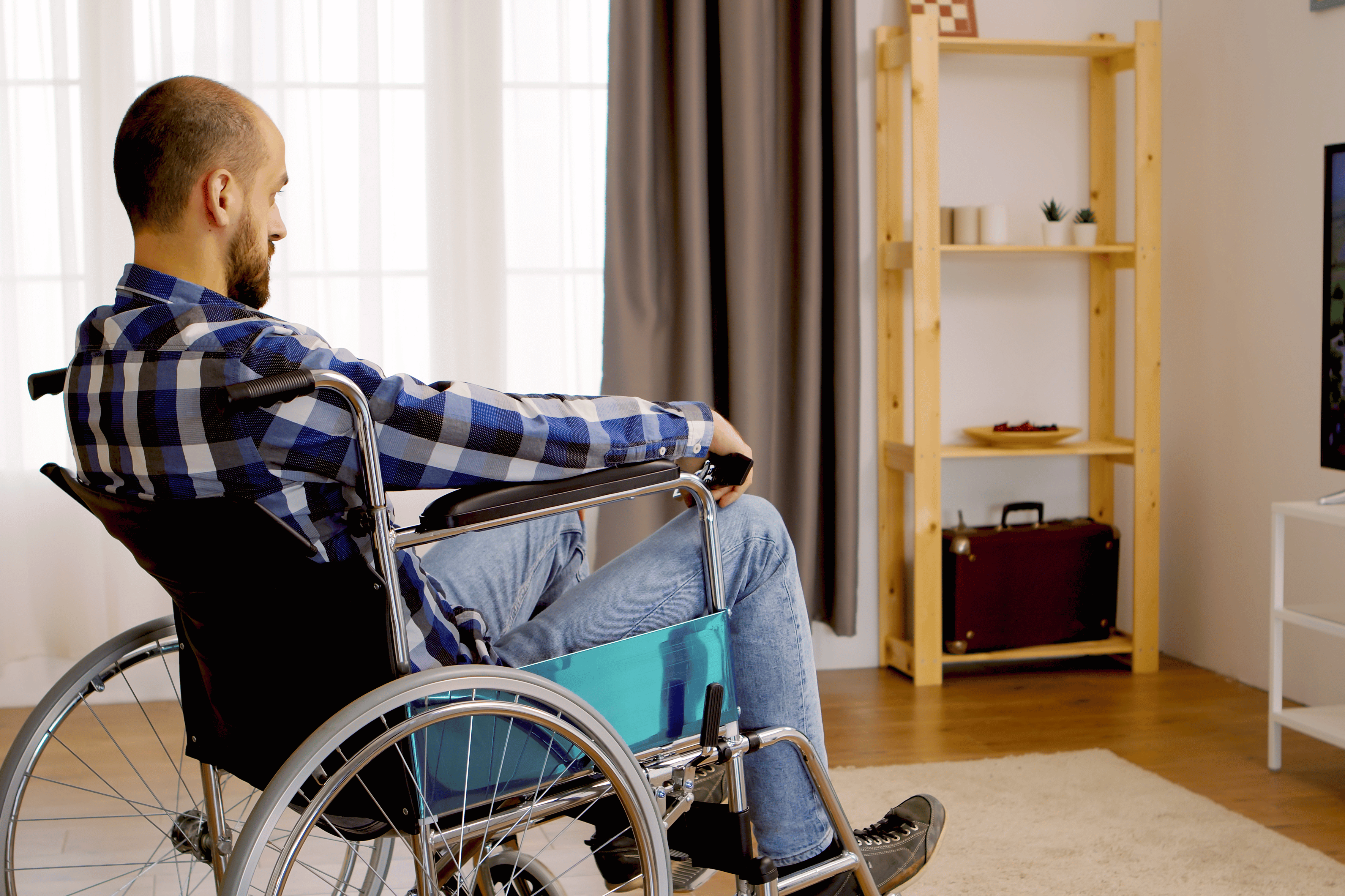 Because at the end of the day, accessible rentals aren’t just about ramps and railings. They’re about giving people choices. And that’s a win for tenants and landlords alike.
Because at the end of the day, accessible rentals aren’t just about ramps and railings. They’re about giving people choices. And that’s a win for tenants and landlords alike.
Ready to explore how accessible design can work for your new home? Explore our No Limits Builders who specialize in future-ready homes to discuss your options.
Stay up to date with our blogs to stay in the know.
